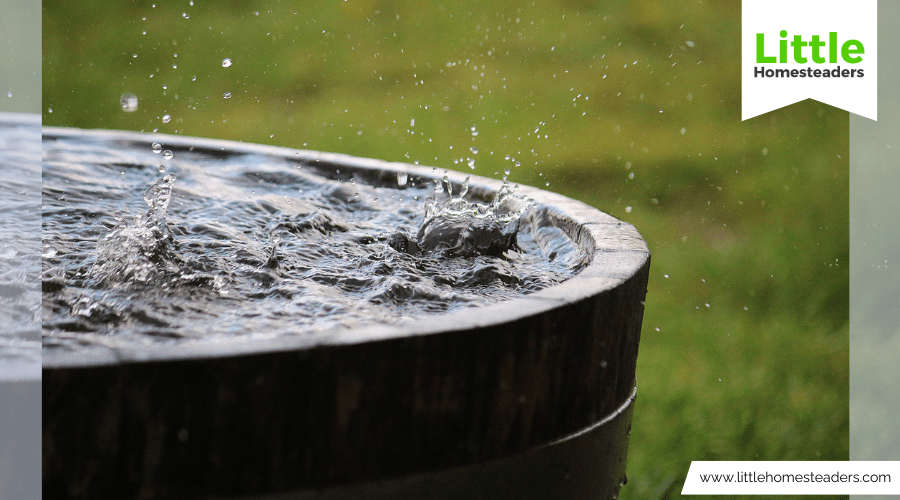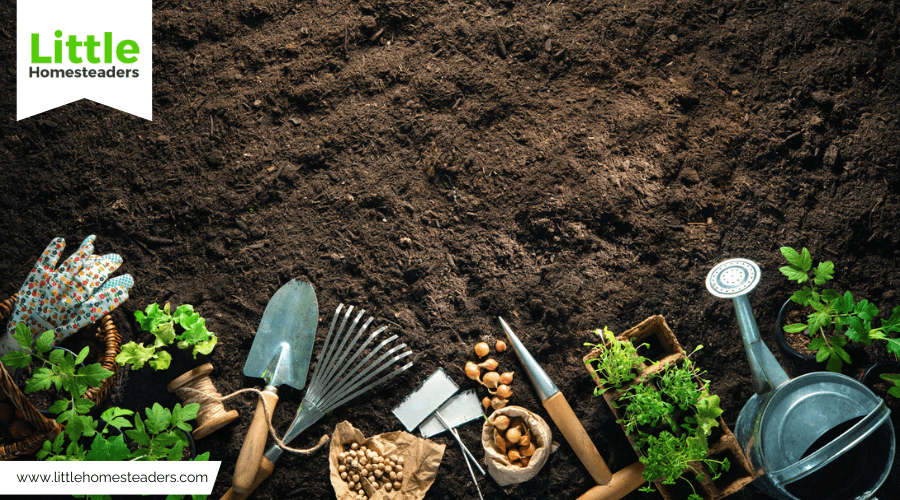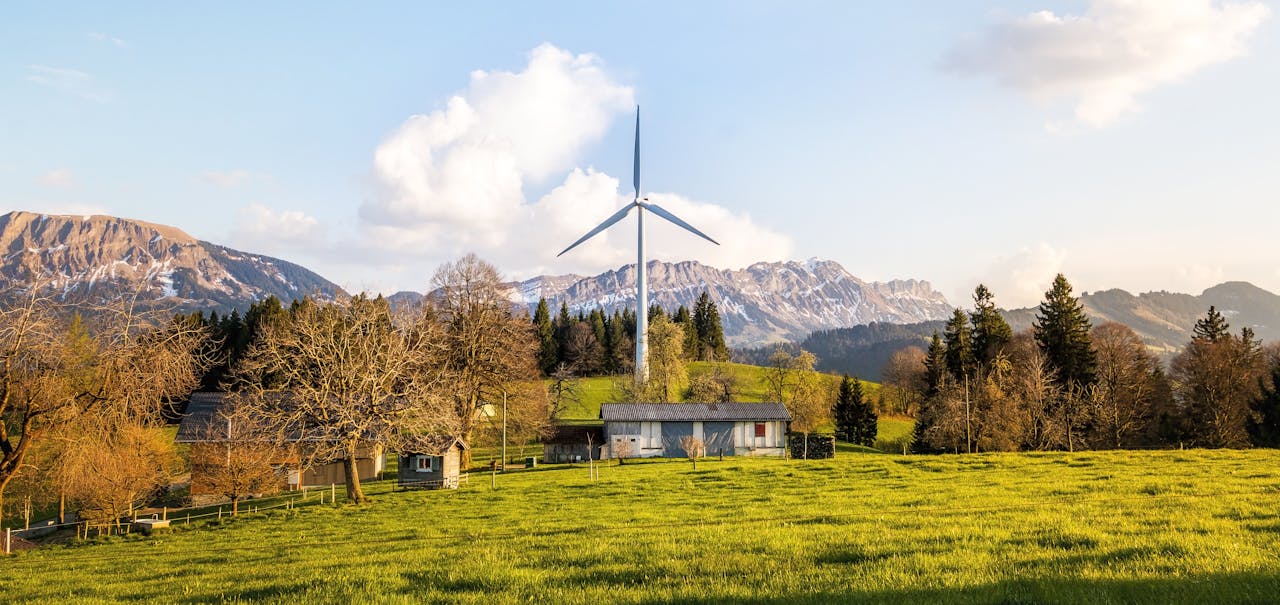Water Filtration Methods for a Safer Homestead Water Supply
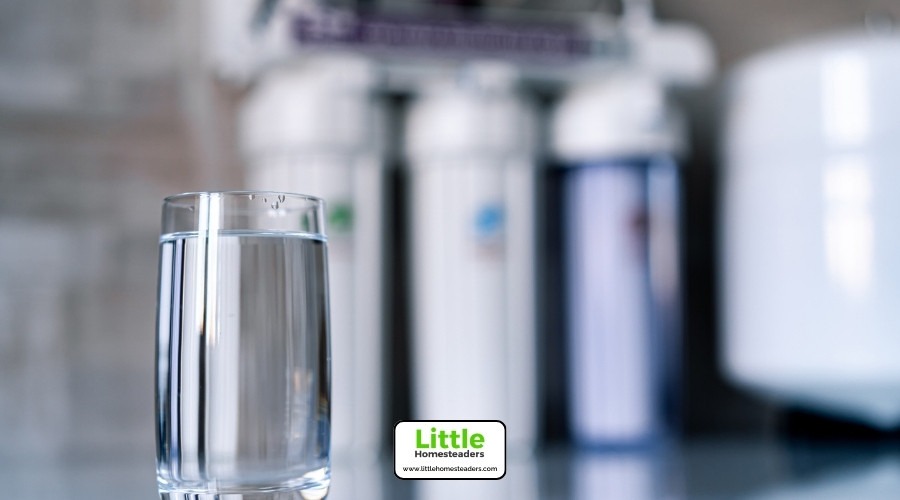
Water is life. You know it, I know it, and every living creature on this planet knows it. But just because you have water doesn't mean it's safe to drink. That's where filtration comes in. Whether you're prepping for off-grid living, managing a bustling homestead, or simply want to protect your family from contaminants, understanding water filtration is a must. Let's dive into the methods that can turn your water supply from questionable to pristine.
Understanding Water Source Quality
Before you start filtering water, it's crucial to understand what you're dealing with. Not all water sources are created equal, and knowing the quality of your source is half the battle. Let's break it down:
- Deep Wells: These are like the VIPs of water sources—protected from surface contaminants and generally safer. But don't get too comfy. Heavy metals, nitrates, and even microorganisms can still sneak in. Regular testing is key. You can use a comprehensive water testing kit to analyze for heavy metals, bacteria, pH levels, and other potential threats. If anything concerning pops up, you'll know exactly which filtration or treatment system to use.
- Shallow Wells and Springs: These are more exposed and vulnerable. Think about all the surface runoff, animal waste, and nearby human activities that could contaminate them. Protecting these sources requires more than just filtration—it means securing them physically, like building protective covers or barriers. Regular testing and robust filtration methods such as UV purification or ceramic filters are non-negotiable here.
- Surface Water: Streams, rivers, ponds… Sure, they're abundant, but they're also contamination magnets. Bacteria, chemicals, sediments—you name it. For these sources, you'll need an aggressive, multi-stage filtration system. Consider sediment filters to handle debris, followed by activated carbon filters for chemicals and UV or reverse osmosis for pathogens.
Pro Tip: Invest in a water testing kit or hire a professional to analyze your water. Knowing the contaminants will help you choose the right filtration method. If you live in a rural area, check with local agricultural offices—they often offer free or low-cost testing services.
Gravity-Fed Filtration Systems
Gravity-fed systems are the homesteader's best friend. Why? They're simple, effective, and don't need electricity—perfect for off-grid setups.
Take the Berkey filter, for example. It's like the Swiss Army knife of water filtration, capable of removing 99.9999% of bacteria, viruses, and even heavy metals. The best part? It's low maintenance, with filters lasting up to 6,000 gallons. Beyond Berkey, you can explore brands like Katadyn. The TRK Drip Filter is particularly popular among campers and homesteaders for its durability and ability to handle a range of contaminants.
Another benefit of gravity-fed systems is their adaptability. These filters work with rainwater, well water, or even water from a nearby stream. Add pre-filters to reduce sediment and extend the life of your main filters.
Why They Shine: Their portability and ability to function without electricity make them indispensable in emergencies. Imagine a power outage or natural disaster—youf'll still have access to clean drinking water.
Chemical Disinfection Techniques
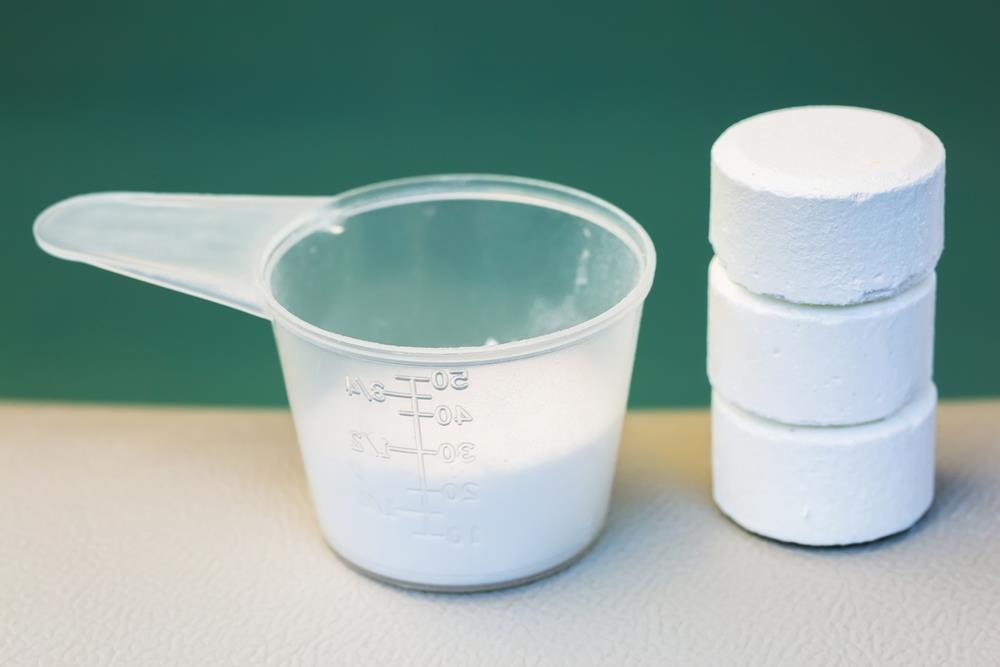
Sometimes, you need an extra layer of protection. That's where chemical disinfection comes in. This method is particularly useful for emergency situations or when you're dealing with highly contaminated water.
- Chlorine Tablets: These are affordable and easy to use. Just follow the instructions carefully to avoid overdosing—nobody wants water that tastes like a swimming pool. Chlorine works well against bacteria and viruses but may not eliminate certain parasites like Cryptosporidium.
- Iodine Tablets: Effective against most pathogens, but keep in mind that iodine isn't recommended for long-term use. It can leave a taste, and people with thyroid issues should avoid it entirely.
- Chlorine Dioxide: This one's a powerhouse, effective against a wide range of contaminants. It's also gentler in taste compared to chlorine. Backpackers love it for treating large volumes of water quickly.
- Hydrogen Peroxide: An eco-friendlier option, but it might alter the taste of your water. It's particularly effective when combined with other methods like UV treatment.
- Ozone Treatment: If you're into high-tech solutions, ozone treatment is incredibly effective but requires specialized equipment. Ozone breaks down quickly, leaving no chemical residue, making it an eco-friendly choice for larger systems.
Reminder: Chemical disinfection is most effective when combined with mechanical filtration. Use it as a backup or an additional step in your filtration process. Always allow adequate contact time for the chemicals to do their job—15 to 30 minutes is a good rule of thumb.
Natural Purification Methods
Mother Nature's got some tricks up her sleeve when it comes to water purification. These methods are eco-friendly and sustainable, making them great for long-term use on a homestead.
- Slow Sand Filtration: This method uses biological activity to filter out contaminants. It's low-tech but highly effective for removing bacteria, viruses, and organic matter. To build your own, layer sand, gravel, and activated charcoal in a large container. Over time, beneficial microorganisms develop in the sand, naturally breaking down harmful pathogens.
- Solar Disinfection (SODIS): Got sunlight? Great. Fill a clear plastic bottle with water and leave it in direct sunlight for 6-48 hours. UV rays will zap those pesky microorganisms. For best results, use bottles made of PET plastic and ensure the water isn't too cloudy.
- Water Kefir Fermentation: This one's a bit unconventional but fascinating. By fermenting water with kefir grains, you introduce beneficial bacteria and yeast that outcompete harmful pathogens. It's not a primary filtration method but can be a supplementary step to improve water quality.
- Simple Filters: Cloth, sand, and charcoal filters can remove particulates and some microbes. Combine these methods for enhanced results, like boiling water first and then filtering it through a cloth.
Natural methods may require a bit more patience, but they're cost-effective and sustainable in the long run. Plus, there's something satisfying about using the earth's own processes to purify water.
Whole-House Filtration Solutions
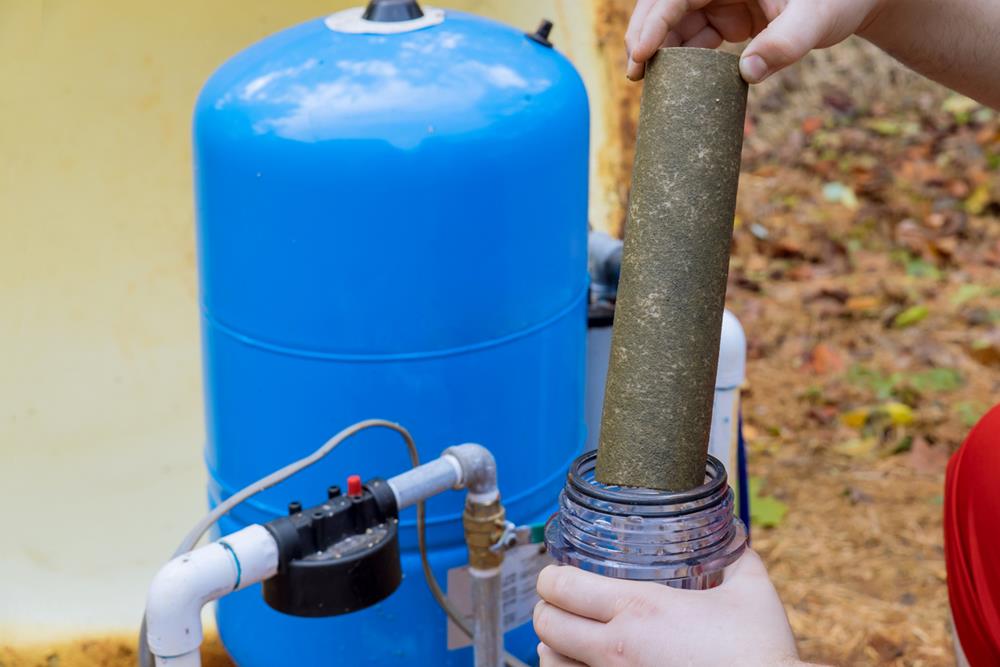
If you're looking for a one-and-done solution, whole-house filtration systems are the way to go. These systems treat all the water entering your home, ensuring that every tap delivers clean, safe water.
A typical setup includes:
- Sediment Filters: These handle dirt, sand, and larger particulates. They're often the first stage of filtration and help protect subsequent filters.
- Carbon Filters: Great for removing chlorine, volatile organic compounds (VOCs), and some heavy metals. Activated carbon also improves taste and odor.
- UV Purifiers: Ideal for killing bacteria and viruses. These systems are particularly effective for well water with high microbial content.
Maintenance is straightforward: change the filters every 2-3 months or as needed. For reusable filters, scrub them clean and let them dry thoroughly. And don't forget to bleed pressure from the system before servicing to avoid a mini flood in your home.
Pro Tip: Adding a secondary filter can address specific concerns, like high iron levels or microbial growth, giving you an extra layer of protection. If you're harvesting rainwater, whole-house systems can also help manage debris and pollutants that collect in storage tanks.
DIY Water Filter Construction
Feeling handy? Build your own filtration system using Black Berkey™ elements. It's cost-effective, reliable, and surprisingly easy to assemble.
Here's what you'll need:
- Two 5-gallon food-grade buckets
- Two Black Berkey filters
- A water spigot
- A drill
Steps:
- Drill holes in the bottom of the top bucket and the lid of the bottom bucket.
- Attach the Black Berkey filters to the top bucket.
- Install the spigot on the bottom bucket.
- Stack the buckets, fill the top one with water, and let gravity do its thing.
This setup can filter up to 6,000 gallons of water at just 2 cents per gallon. Perfect for homesteads or emergency situations. Plus, it's a fun project that doubles as a learning experience for the family.
Maintaining Your Filtration System
No matter how fancy your filtration setup is, it's only as good as its maintenance. Regular upkeep ensures optimal performance and longevity.
- Whole-House Systems: Replace filters every 2-3 months or as needed. For reusable filters, scrub them clean and let them dry thoroughly.
- Gravity-Fed Systems: Clean the filters periodically to remove buildup and maintain the flow rate.
- Under-Sink Filters: Monitor water flow and replace filters when you notice a decrease.
Follow the manufacturer's instructions to the letter. Each system has unique maintenance needs, so don't skip the manual!
To make life easier, create a maintenance schedule. Mark your calendar or set reminders so you'll never forget when it's time to service your system.
FAQs
Q: How often should I test my water? A: At least once a year, or more frequently, if you notice changes in taste, color, or smell.
Q: Can I combine filtration methods? A: Absolutely. Layering methods often provide the best protection against a wide range of contaminants. For example, combine sediment filtration, UV treatment, and carbon filters for comprehensive coverage.
Q: What's the best option for emergency use? A: Gravity-fed systems or chemical disinfection techniques are quick and effective in emergencies. Portable straw filters can also work well for quick hydration.
Q: How do I know when to replace my filter? A: Most filters have a recommended lifespan based on gallons filtered. Monitor water flow and quality for signs it's time to change.
Q: What's the best filtration system for rainwater? A: A multi-stage system with sediment and carbon filters, paired with UV treatment, is ideal for rainwater. It addresses debris, chemicals, and microbial contamination effectively.
Conclusion
Clean water isn't a luxury—it's a necessity. By understanding your water source and implementing the right filtration methods, you can ensure a safe and reliable water supply for your homestead. From simple gravity-fed systems to advanced whole-house setups, there's a solution for every need and budget. Start by testing your water, choose the methods that work best for you, and don't forget regular maintenance. Your health and peace of mind are worth it.

